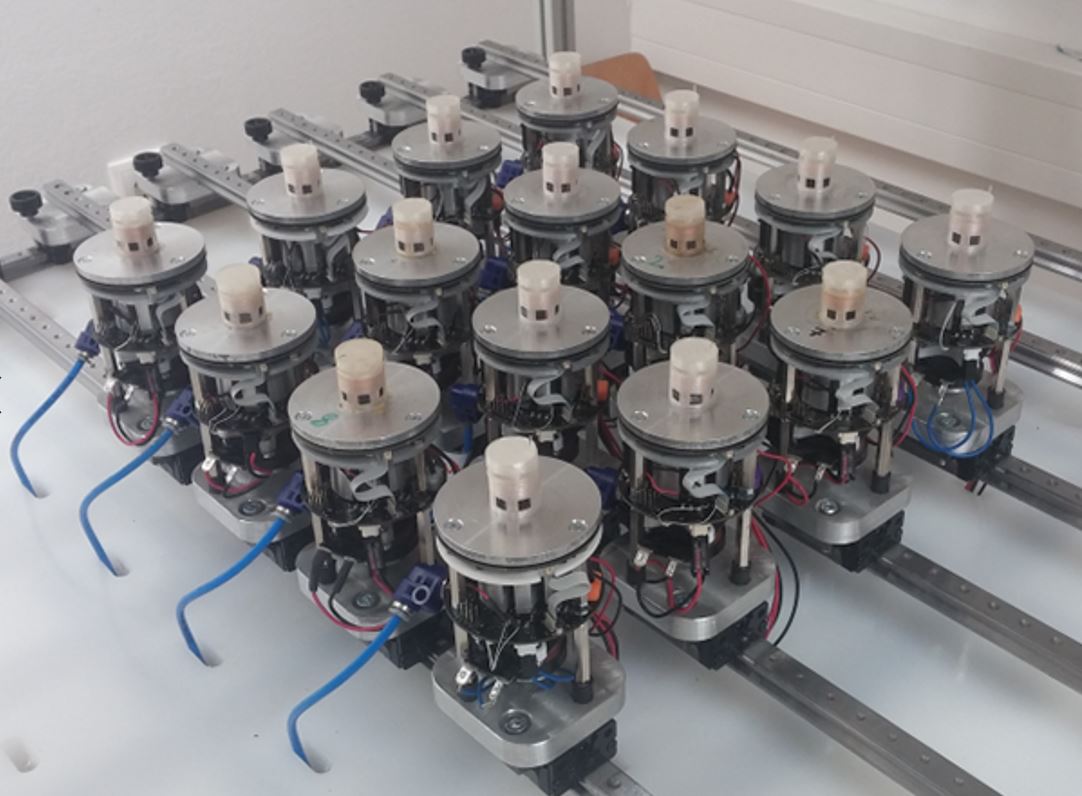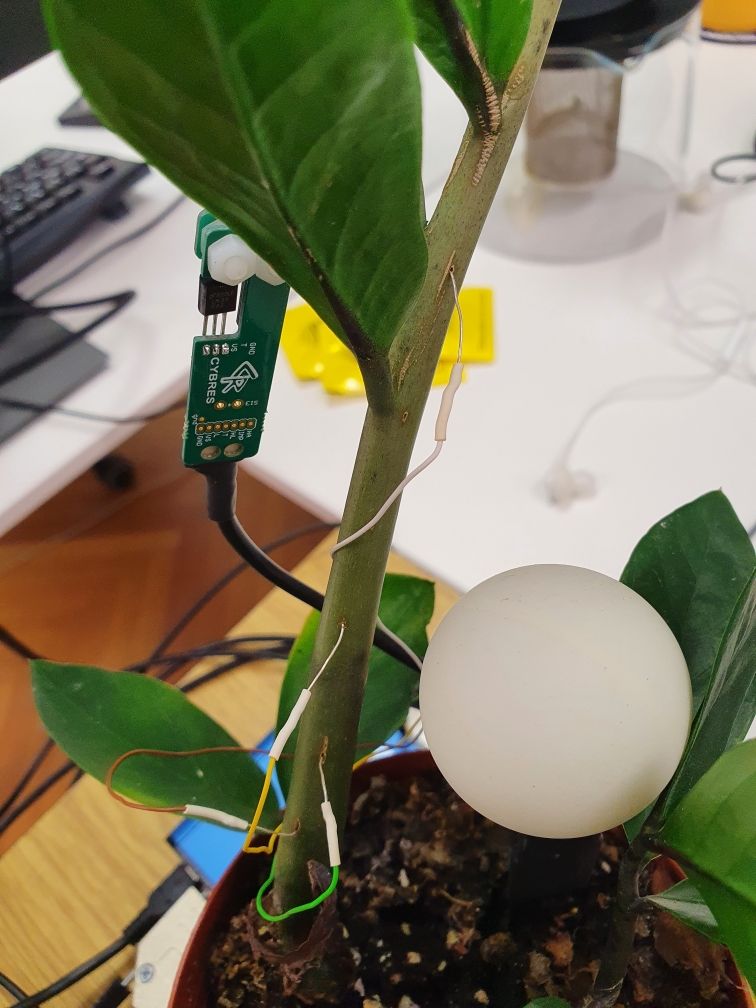Abstract
WatchPlant will develop a new biohybrid system technology, a wireless wearable self-powered sensor for in-situ monitoring
of urban environments. This system equips urban biological organisms -plants- with Artificial Intelligence (AI) to create a
smart sensor for measuring both, environmental parameters and the responding physiological state of plants, in a very early
stage by the use of a barely explored fluid, phloem sap, in combination with chemical, and physical sensors. It will be
integrated into a complex network that allows performing distributed information processing, decision making, modeling, and data fitting, paving the way for self-awareness or self-adaptation. Additionally, it will constitute a clean energy self-powered device due to the novel use of sap, not only for transforming plants into living sensors but also for clean energy
generation.
A consortium of EU research, technology centers, and ambitious high-tech SMEs will stretch and combine the limits of plant
physiology and bioelectronics with microtechnology, multiphysics modeling, sensor engineering, AI, and environmental
modeling, to transform plants into living autonomous and self-powered sensors. The project has the ambition to solve how to
extract sufficient sap volume in a healthy plant, how to make long-lasting bioelectronics, and how to create a smart self-powered wearable phytosensor in a single device. It also has the challenge of modeling urban environments using novel
combinations of existing parameters and explores the future role of sap in this sense. Thus, it is a promising tool to carry out
weather/pollution/pandemics development forecasting systems up to social networks for proving ecological/environmental
feedback to citizens. Thus it will be possible to perform specific actions and apply efficient use of resources and correct
policies, which can have a great impact not only in urban monitoring but a huge range of plant-related sectors such as the agro-food industry or forestry.
Research and Development
Data collection and analysis
Hardware setup
The aim is to measure several plants initially in the same room under the same conditions such as temperature, light, or geomagnetic field. For this purpose, 4 prototypes were built, each consisting of a plant and a measuring unit. The measuring unit contains the sensors, which are attached to the plant, and a Raspberry Pi controller, which cyclically receives the data from the sensors and controls and monitors the entire measuring process. The interface between the sensors and the controller is the CYBRES MU3 box, which provides various services to calibrate, adjust and communicate with the sensors. The development environment for the measurement software on the Pi is a laptop that communicates with the Pi controllers via an Ethernet hub. The laptop also serves as a WLAN router for the Pis, and connects the controllers directly to the Internet via its wired connection.
Software setup
The base of our software setup is the Raspbian Buster OS, an operating system based on Linux Debian distribution highly optimized for use on Raspberry Pi mini-PCs. We opted for a Linux-based architecture because of our rich experience with this operating system and the fact that it fits nicely into our daily workflow. Using different mini-PCs with Windows OS is also a viable alternative, especially since the client program for controlling the CYBRES Measurement Unit (MU3) EIS is well-supported and provides the full set of desired functionalities. However, Linux-based operating systems can generally run on hardware with lower power requirements and offer greater flexibility which will simplify the development of additional features and applications.
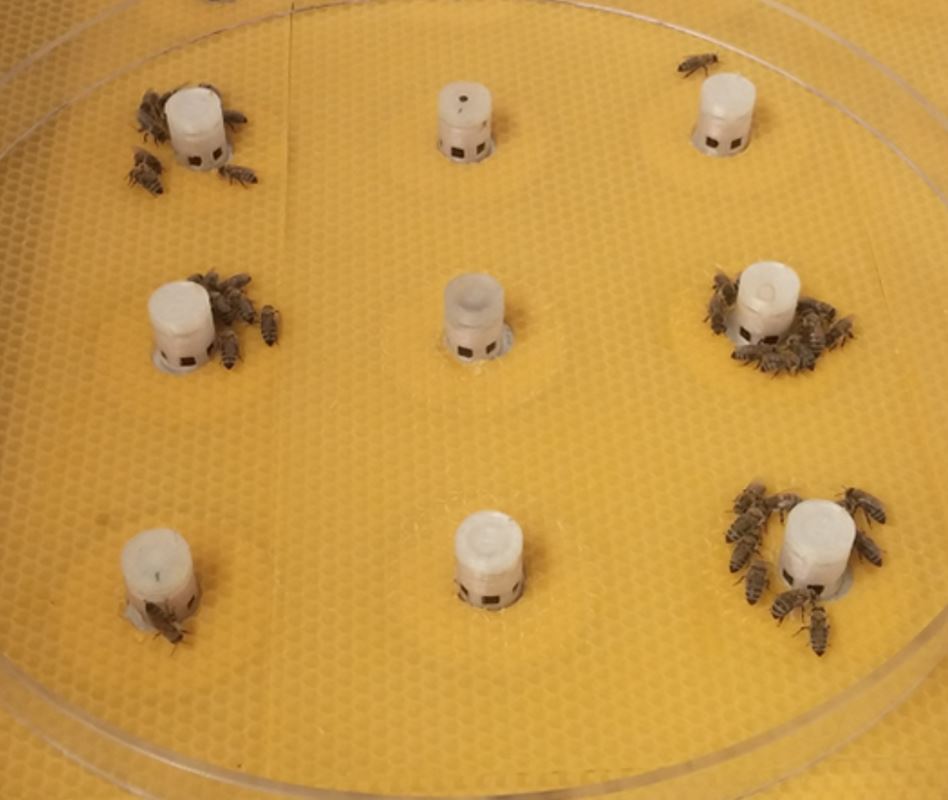
In collaboration with the partners from the University of Luebeck (UZL), a simple command-line client has been developed, which communicates with the Measurement Unit using serial communication protocol over the USB connection. Raspberry Pi mini-PCs read the data from the Measurement Units and share it with the central laptop PC over the network using the lightweight Zero-MQTT protocol. The collected raw data is stored in .csv (comma-separated values) files in user-defined intervals (e.g. a new file is created every 3 hours) in order to minimize data loss in the case of file corruption. Mini-PCs also store the data locally as a backup in the case of network failures. These data files can easily be imported to Microsoft Excel or MATLAB for quick yet powerful analysis.

Initial results
For more detailed information about the experiments and the results, check out this paper made in collaboration with UZL.
Distributed communication network management
In this project, we aim to develop a bio-hybrid wireless sensor network (WSN) that uses natural plants as sensors for a variety of environmental conditions. One of the major challenges in such a system is managing connectivity while balancing higher data throughput with energy conservation. Most commonly, the connectivity of a network is measured through the so-called Fiedler value, the second smallest eigenvalue of the Laplacian of the communication graph.

In our work, we developed a distributed connectivity control method that relies on consensus-based topology estimation, in which links in the graph are added or removed according to the values of the Fiedler eigenvector obtained from the estimated adjacency matrix. The proposed strategy for estimating and maintaining connectivity was validated in a simulation and in a physical proof-of-concept WSN consisting of several single-board mini-computers.
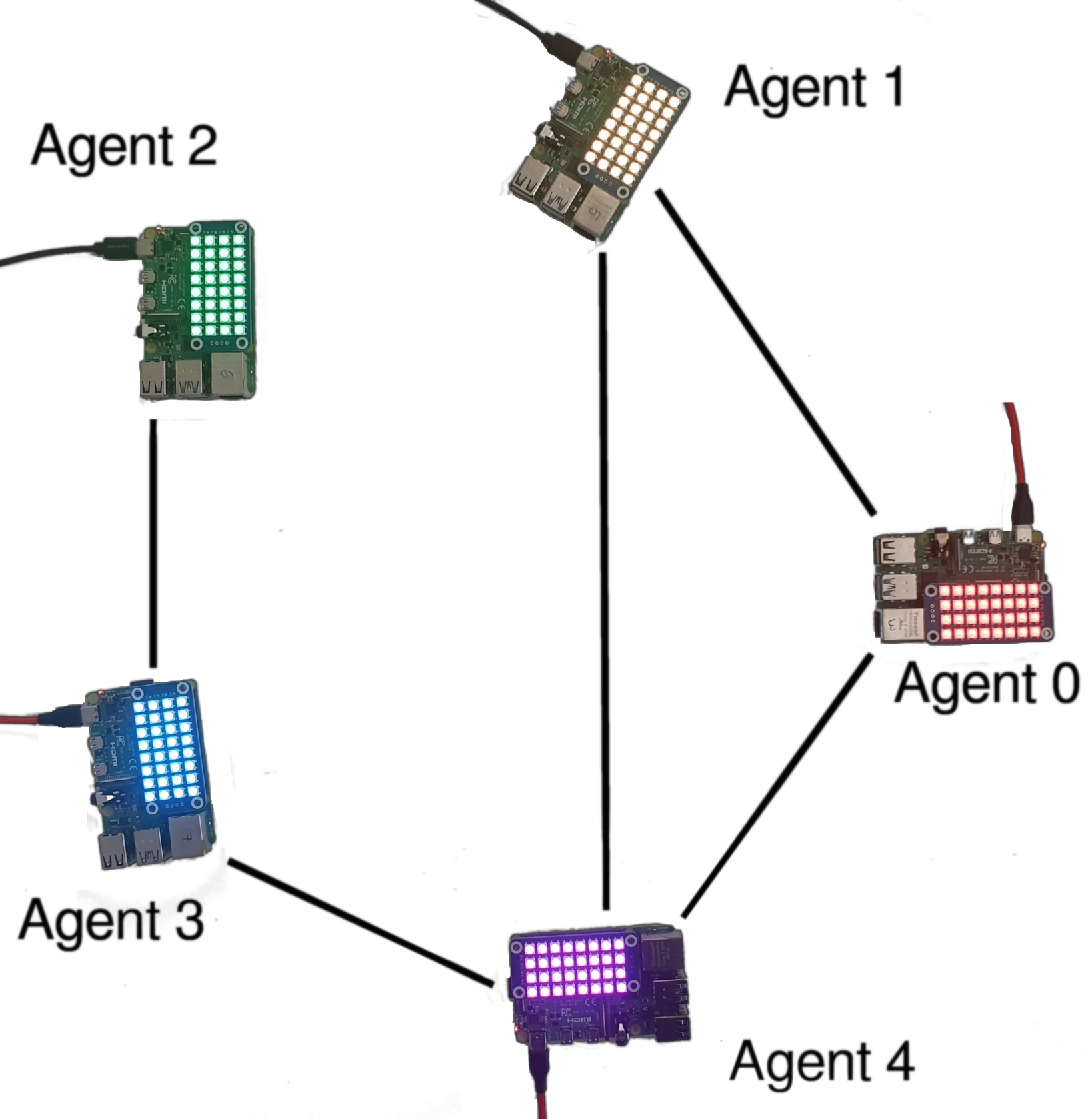 |
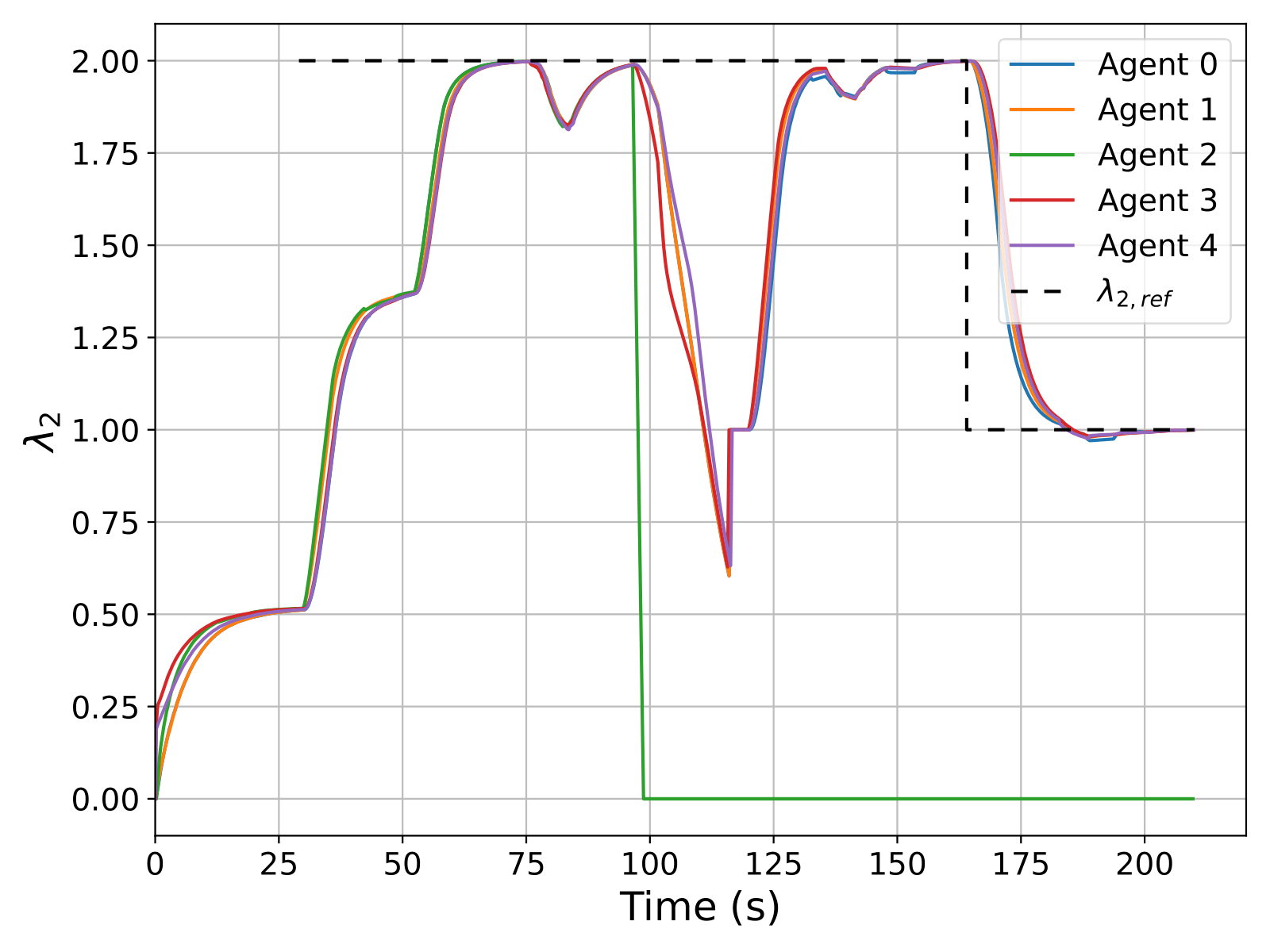 |
| The system of 5 Raspberry Pi agents used for experiments and their initial communication topology. |
Estimates of the connectivity levels on each agent as shown in the picture on the left, with a simulated failure of agent 2 at t=95 s. |
You can find more details about the system and the developed method in these journal and conference papers.
For a quick demonstration and results, go ahead and watch this YouTube video.




